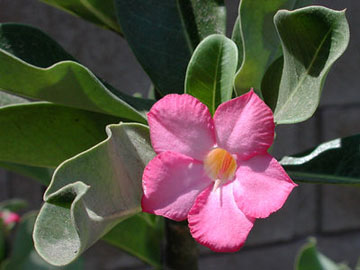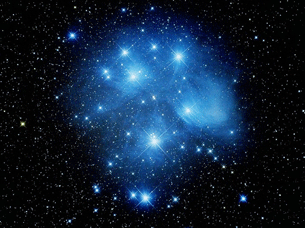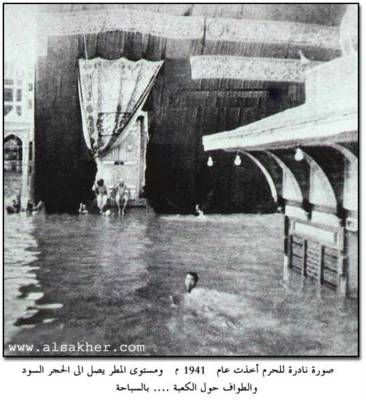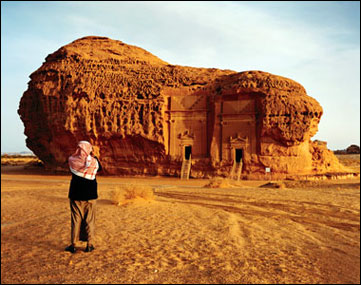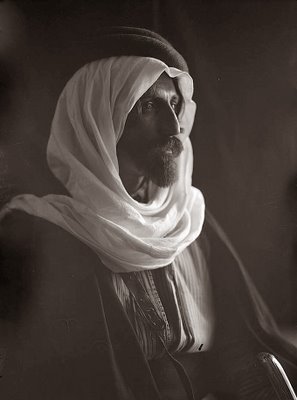
[Webshaykh’s note: Dr. Saad Sowayan, as the post below will explain, has been collecting, analyzing and documenting the oral poetic traditions of the Arabian Peninsula, especially his native Saudi Arabia, since his graduate research. He has now completed two major works, available for reading on the internet, but still in search of an appropriate publisher. I invite readers to look over his impressive documentation and analysis and communicate with Dr. Sowayan any ideas that may help forward his project.]
by Dr. Saad Sowayan, King Saud University
After 10 years of continuous hard work, I managed to finish the two books, which, taking the size and importance of each, I consider to be my lifetime projects.
A) Legends & Oral Historical Narrative from Northern Arabia (1131 pages)
B) The Arabian Desert: Its Poetry & Culture Across the Ages: An Anthropological Approach (820 pages).
The first work, as its title says, is a collection of Bedouin narratives and poems relating to tribal genealogies, camel marks, tribal territories, water wells, sheikhs, warriors, tribal judges, tribal poets, personal histories, as well as narratives relating to raids and counter raids amongst tribes and other events. All of these are told by competent narrators & reciters in the various tribal dialects and all go back to pre and early 20th century. I have been engaged in taping this voluminous material during the span of the 4 years extending from 1982 up to 1985. Since 1995 I have been engaged in archiving, indexing, transcribing and editing this taped material which came to a total of several hundred hours of recorded interviews. Legends & Oral Historical Narratives from Northern Arabia (1131 pages) is the result of this effort very carefully transcribed and edited in Arabic script with full voweling tashkeel. The work comes with a very detailed table of contents and an introduction explaining the nature of the material along with some linguistic remarks and explanation of the transcription method I used. All in all, the work is a primary source on Arabian nomadic tribal culture, oral literature and vernacular language. This work constitutes a compliment to the works of P. Marcel Kurpershoek published in English by Brill in Leiden. Continue reading Poetry out of Arabia →
